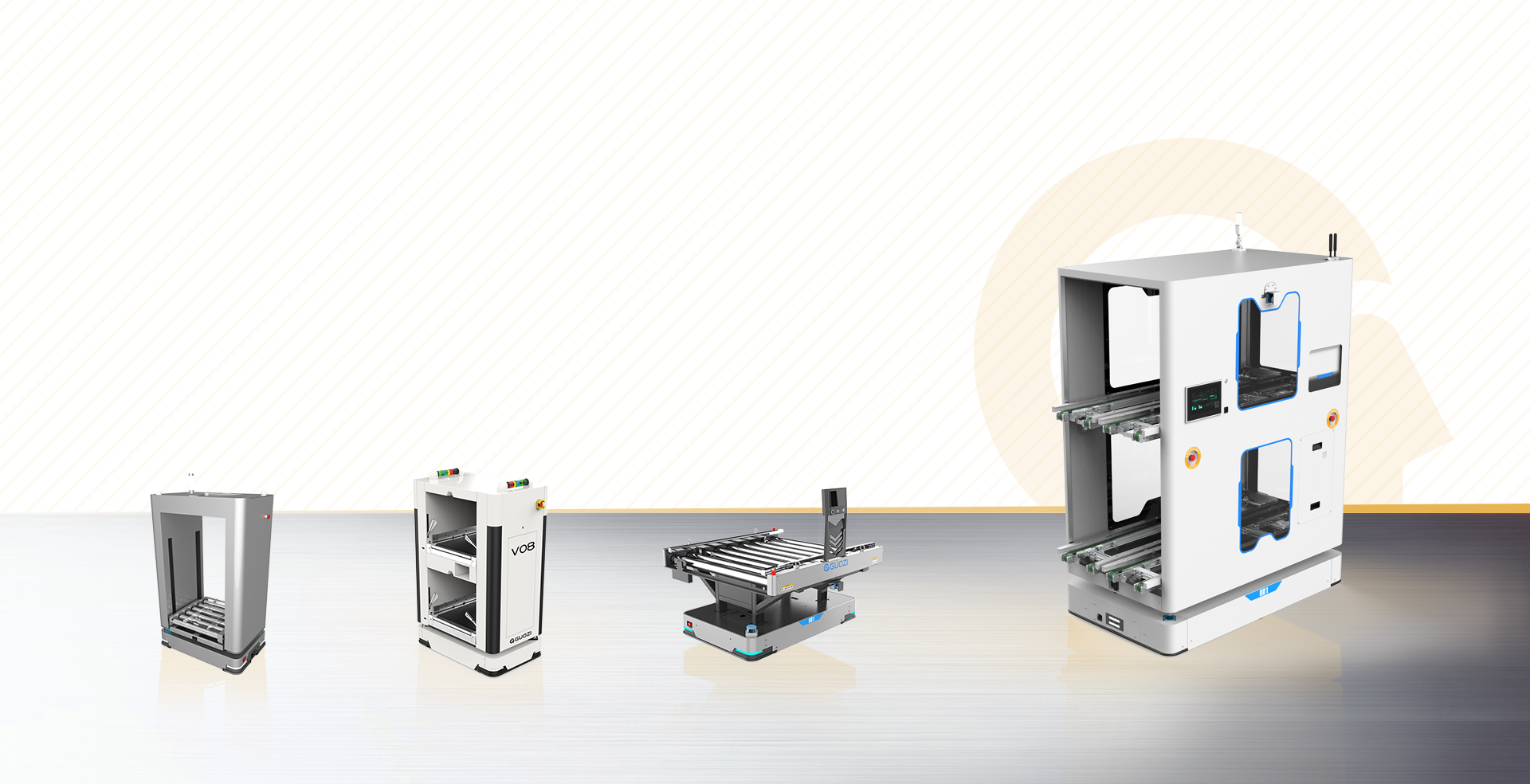With the rapid advancement of technology, the application of robotics in China's automotive industry has become increasingly widespread. From manufacturing to quality control, from component processing to vehicle assembly, robots have become a vital force in improving production efficiency, reducing costs, and enhancing product quality in the automotive sector. This article will delve into the current application and future trends of robots in the automotive industry.
I. Overview of Robots
A robot is an automated device that integrates various technologies such as mechanics, electronics, control, computing, and sensors. It can replace human labor to perform specific tasks in a variety of environments, characterized by its efficiency, precision, and reliability. In the automotive industry, robots are primarily categorized as follows:
1. Industrial Robots: Used for automated assembly, welding, handling, and painting processes on production lines.
2. Service Robots: Employed in automotive maintenance, inspection, cleaning, and other services.
3. Special Robots: Designed for special environments in the automotive manufacturing process, such as high temperatures, high pressures, and toxic areas.
II. Application of Robots in the Automotive Industry
1. Stamping Production Line
The stamping production line is the first step in the automotive manufacturing process. Robots are mainly used for material handling, loading and unloading, and stamping operations. The use of robots not only improves production efficiency but also reduces the labor intensity of workers.
(1) Material Handling: Robots transport raw materials from the warehouse to the production line, ensuring smooth production.
(2) Loading and Unloading: Robots accurately place the sheet metal on the stamping dies, completing the loading and unloading tasks.
(3) Stamping: Robots control the stamping equipment to perform forming operations on the sheet metal.
2. Welding Production Line
Welding is a crucial step in automotive manufacturing, and robot welding offers advantages such as speed, quality consistency, and aesthetically pleasing welds. Welding robots are widely used in automotive production lines.
(1) Spot Welding: Robots perform spot welding tasks, ensuring even and sturdy weld points.
(2) Arc Welding: Robots carry out arc welding operations, improving welding quality.
(3) Laser Welding: Robots equipped with laser welding equipment achieve high-precision welding.
3. Painting Production Line
Painting is an important process in automotive manufacturing, and robot painting has the following advantages:
(1) Improved Painting Efficiency: Robots can operate continuously, enhancing production efficiency.
(2) Ensured Painting Quality: Robot painting is uniform, reducing phenomena such as missed spots and sagging.
(3) Reduced Paint Waste: Robots can automatically adjust the paint flow based on the shape of the workpiece, reducing waste.
4. Final Assembly Production Line
In the final assembly production line of automobiles, robots are mainly used in the following aspects:
(1) Component Handling: Robots transport components to designated locations, improving production efficiency.
(2) Assembly: Robots complete tasks such as tire installation and seat installation.
(3) Inspection: Robots inspect the finished vehicle to ensure quality standards are met.
III. Development Trends
1. Intelligence: With the development of artificial intelligence technology, future robots in the automotive industry will have a higher level of intelligence, capable of autonomous perception, judgment, and decision-making.
2. Networking: Robots will achieve seamless integration with production lines, enabling real-time transmission and analysis of production data.
3. Collaboration: Robots will work alongside human employees, achieving human-robot collaborative production.
4. Multifunctionality: Future robots will have more functions, such as fault diagnosis and maintenance, further enhancing the level of automotive manufacturing.
In conclusion, the application of robotics technology in the automotive industry has a broad prospect. As China's automotive industry continues to develop, robots will play an increasingly important role in improving production efficiency, reducing costs, and enhancing product quality.








